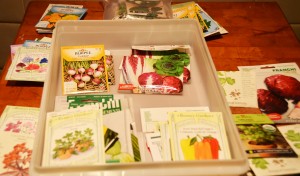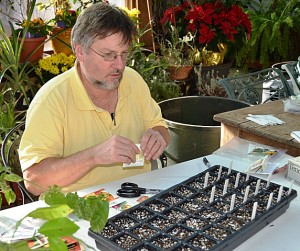When you grow big zucchini, make zucchini lasagna. In this recipe, zucchini or yellow squash “noodles” replace the usual pasta. I cut the zucchini in half lengthwise first so that I would have a flat surface to work with. A mandoline works best here. In case you didn’t know, a mandoline, also spelled mandolin is a hand operated kitchen tool with adjustable blades that produces uniform slices. They can cost anywhere from about two hundred dollars for a professional stainless steel style model all the way down to less than twenty dollars for a plastic model. The more expensive models will slice, julienne and waffle cut, the less expensive ones just slice. Whatever model you choose, use the hand/finger guard when you run the food against the blade, believe me, I speak from personal experience. If you have steady hands and no slicer, use a sharp knife and be sure to use a cutting board to stabilize the squash to ensure even slices. Since zucchini is 95% water it is best to precook it to reduce excess moisture that will end up in your finished dish. Some of the recipes I saw suggested parboiling, sautéing, but I found that grilling worked well for me. My version is totally vegetarian. If you want something more substantial, add ground beef, turkey or sausage to your sauce. Just like regular lasagna, it tastes even better the next day, if it lasts that long!
Zucchini Lasagna
Serves four to six
Ingredients
- 3-4 long zucchini/yellow squash
- 4 c thick tomato sauce
- 1 15 oz container of regular or low-fat ricotta cheese
- 3 lightly beaten eggs
- 2 T fresh chopped basil
- 2 T fresh chopped flat leaf parsley
- 1 t dried oregano
- Kosher salt and fresh ground pepper to taste
- 1 ½ c grated Parmesan cheese or other similar grated cheese
- 1 lb grated mozzarella cheese
Directions
- Preheat oven to 350° F. Place baking rack in the lower position.
- Cut squash into ¼ inch thick slices, to fit the pan lengthwise, if your squash is shorter, just orient the slices in the opposite direction, just be sure they cover the pan. You should have enough slices to make three layers.
- Heat a grill pan or an outdoor grill to medium high heat. Brush both sides of the slices lightly with olive oil.
- Grill squash slices on both sides so that they have grill marks, 3-5 minutes each side. Squash should be cooked but not falling apart.
- In a medium bowl, combine the ricotta, eggs, parsley, basil, oregano and a cup of the Parmesan cheese. Reserve the rest for the top layer.
- In a 9×13 glass or ceramic dish, spoon a thin layer of sauce on the bottom of the pan.
- Place the first layer of squash over the sauce. Spoon a third of the ricotta mixture over the squash. Sprinkle with a third of the mozzarella cheese. Repeat the layers two more times, sauce, “noodles” ricotta, ending with the mozzarella cheese and reserved Parmesan from step four.
- Bake for one hour, rotating pan half way through cooking time. Let lasagna rest for at least a half hour before serving.
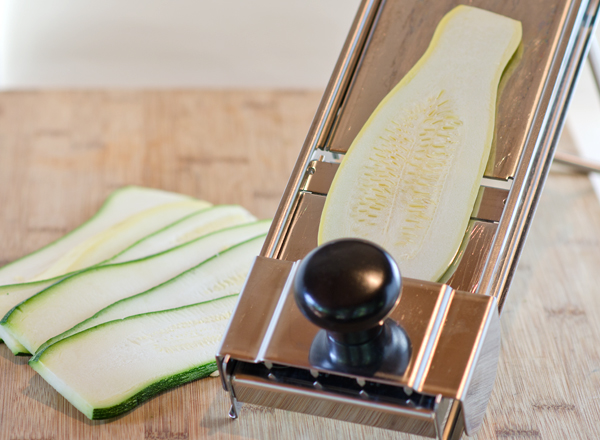
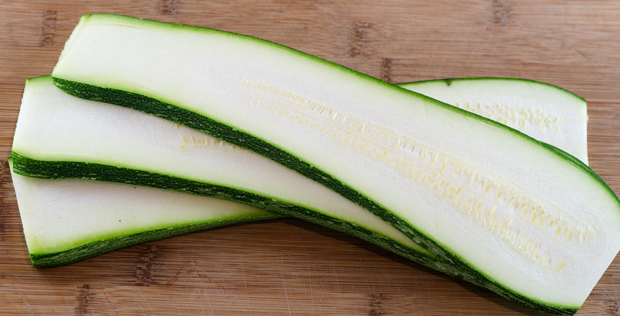

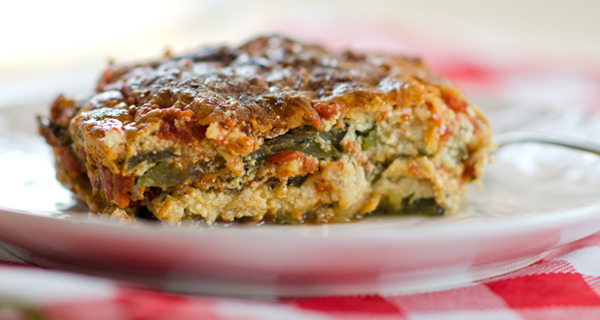

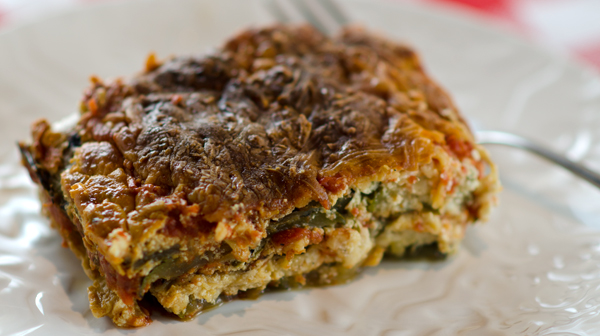
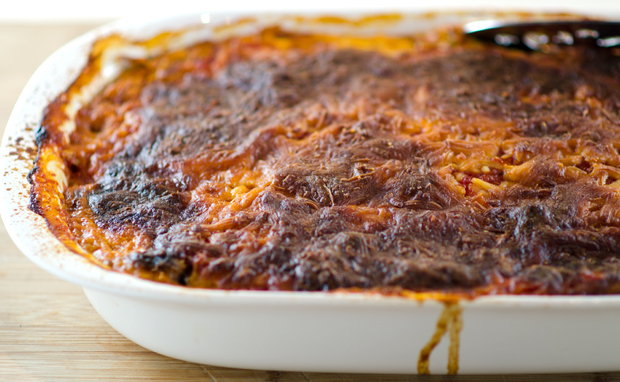
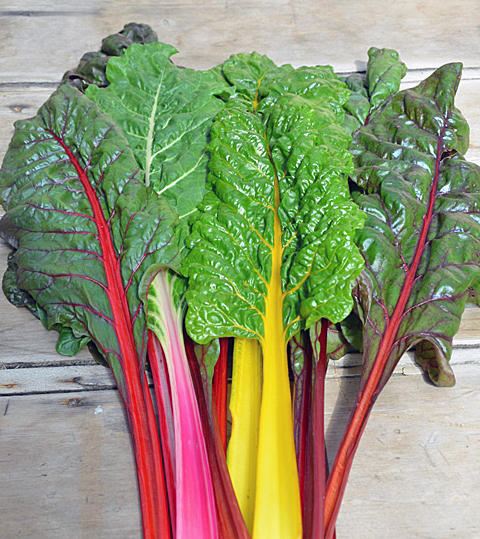
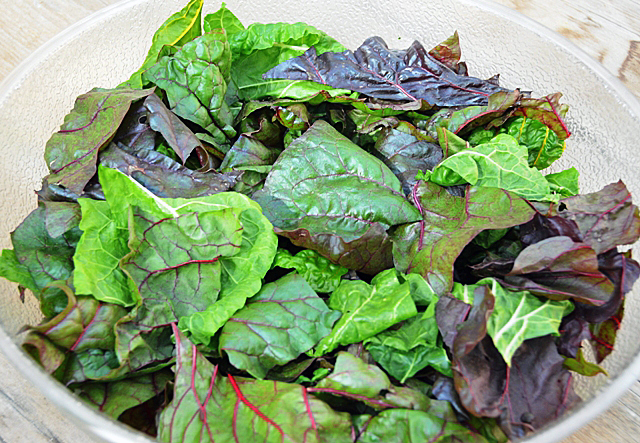

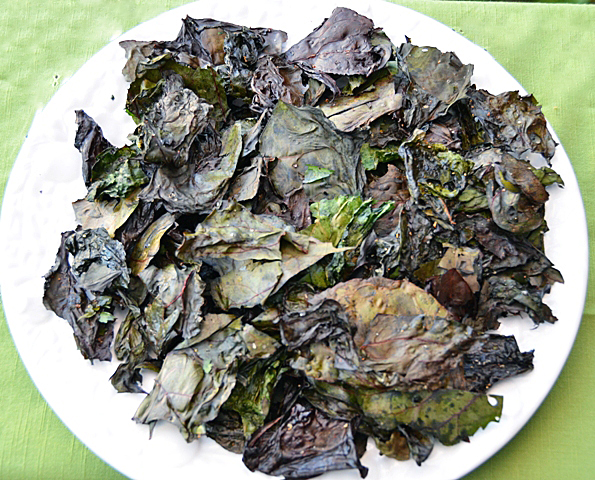
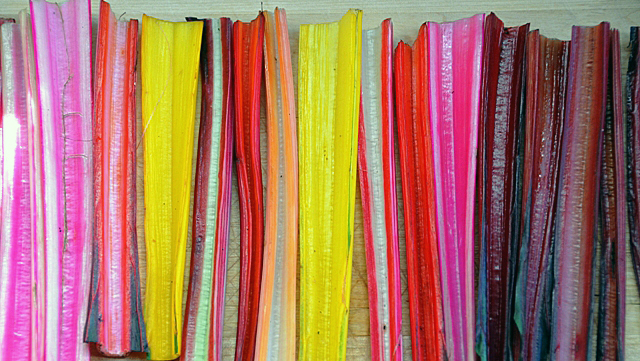

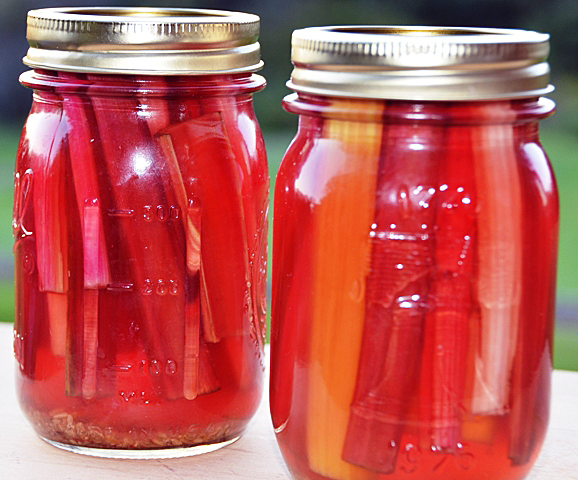

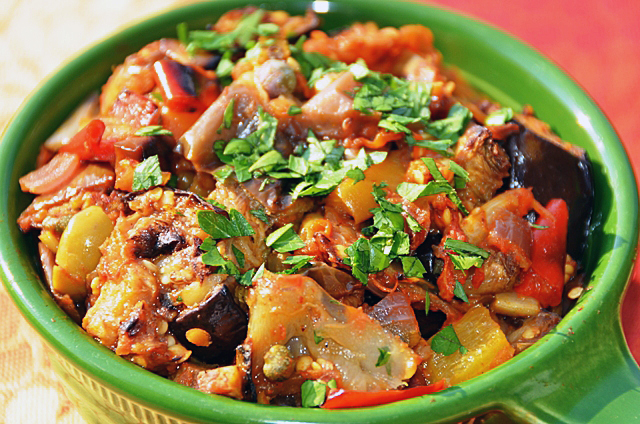

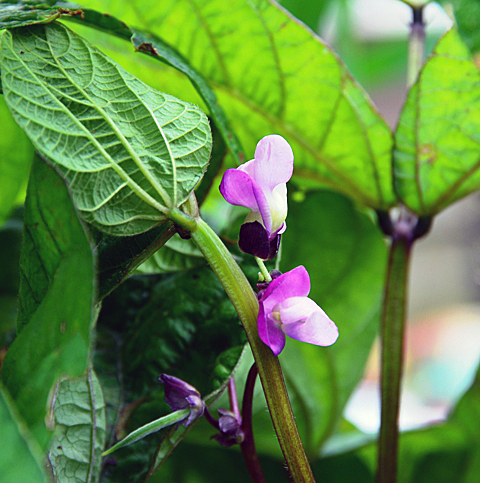


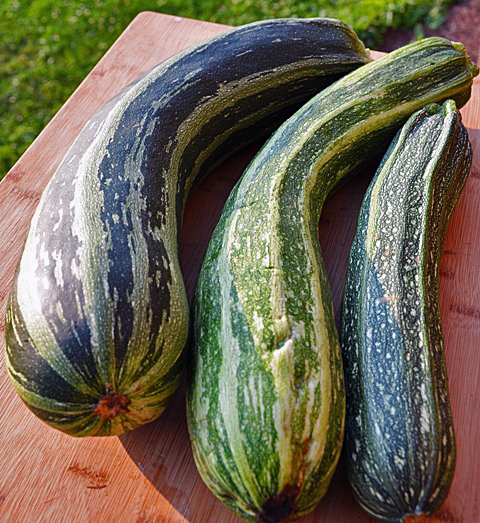
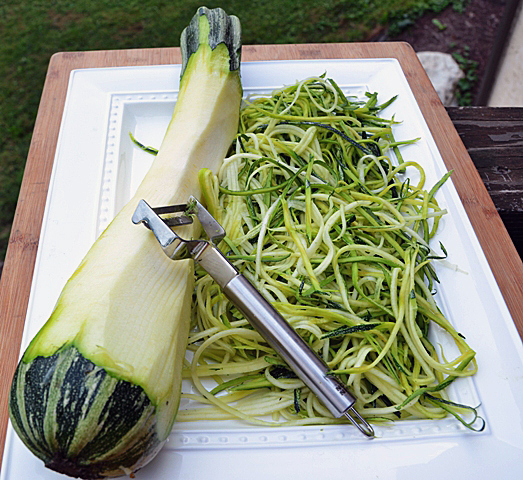
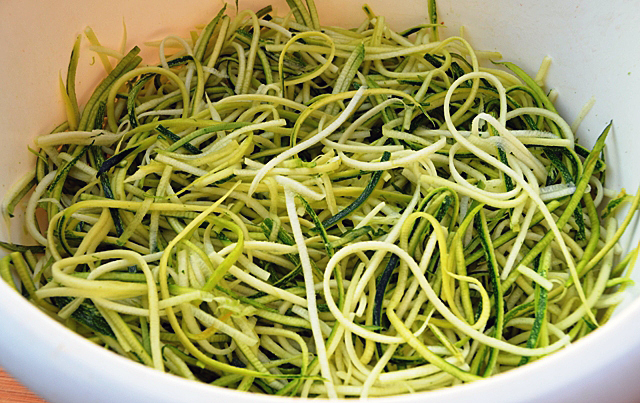
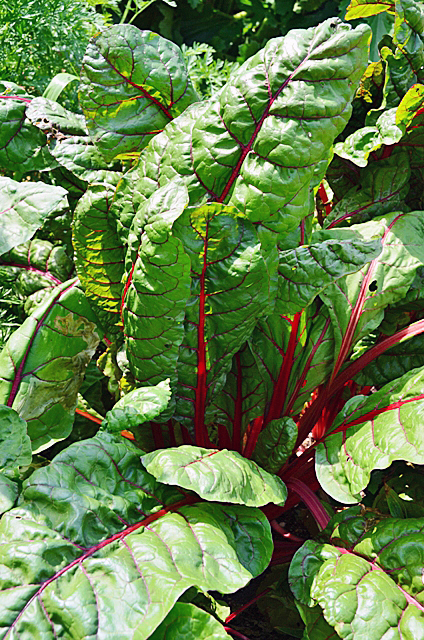
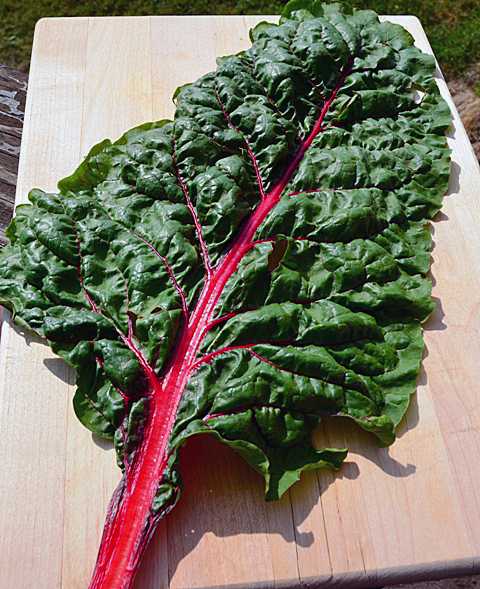
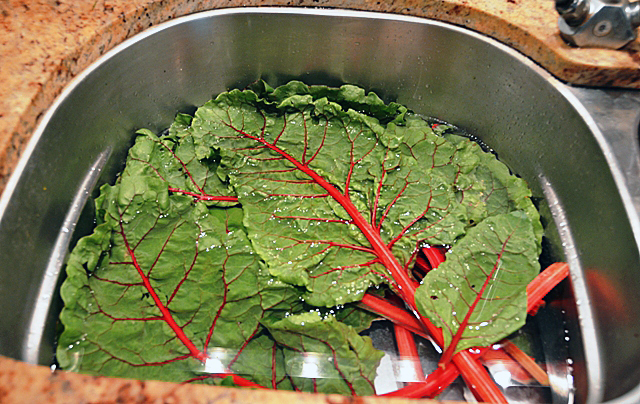
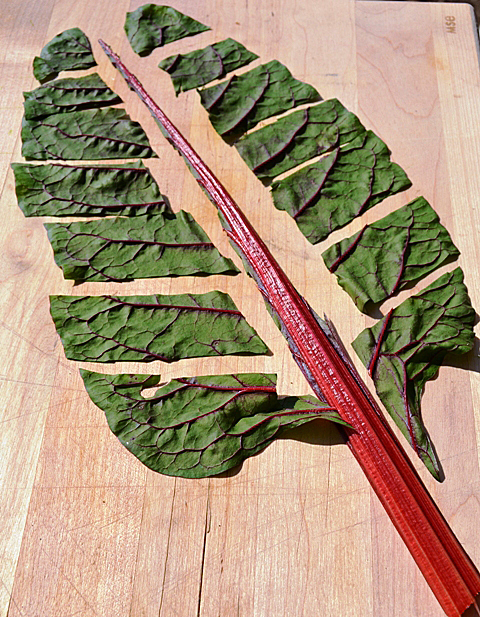
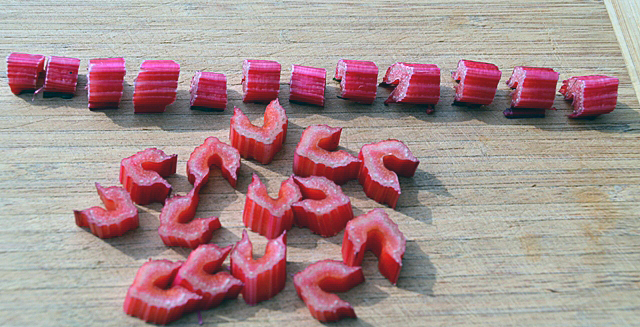
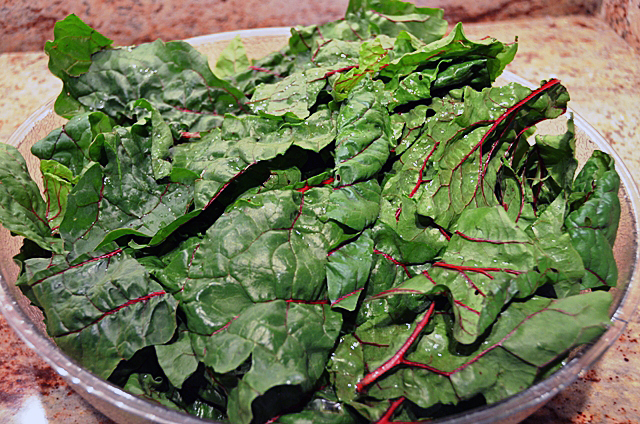
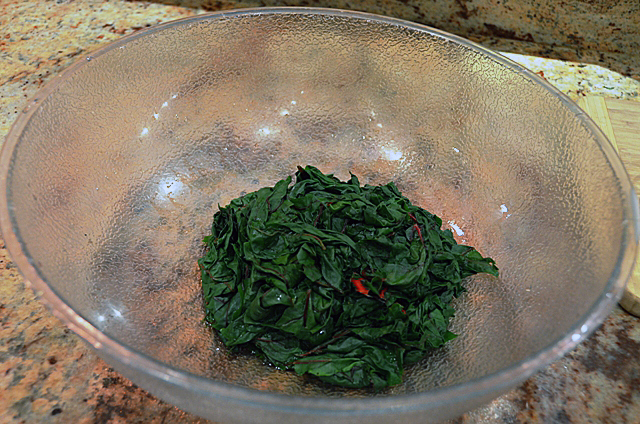
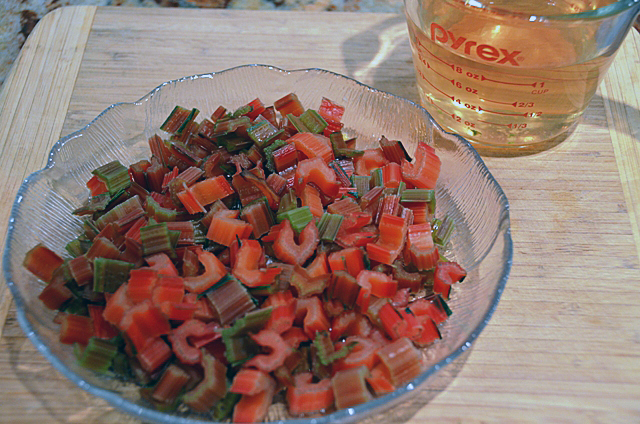
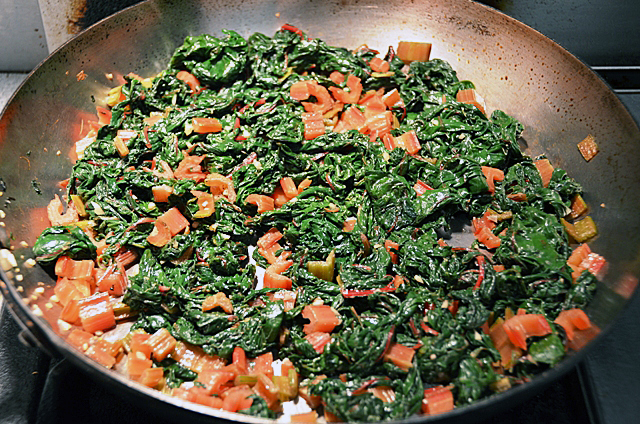
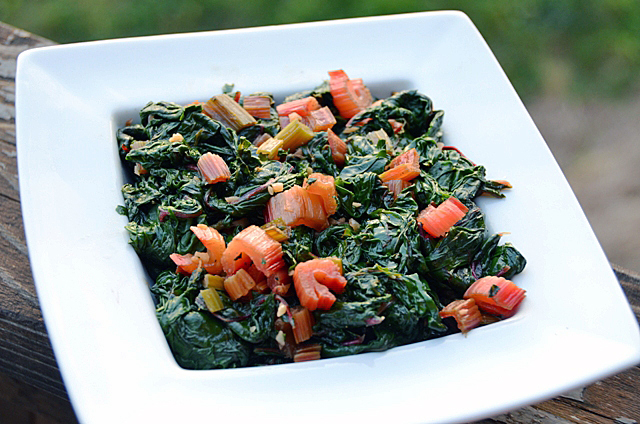
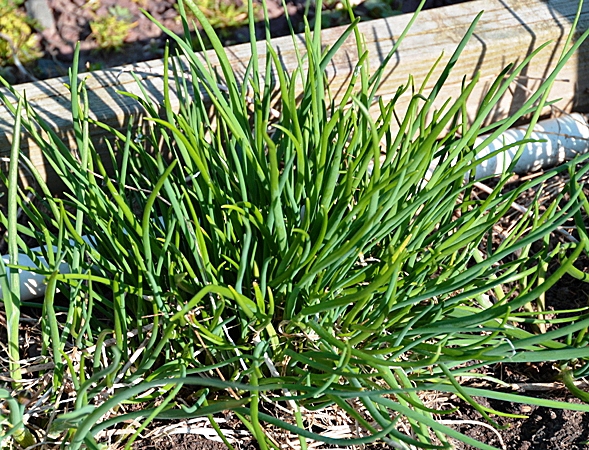

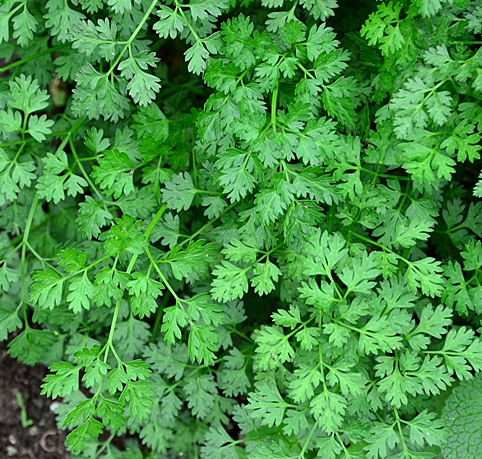

 Joe making his selections
Joe making his selections


